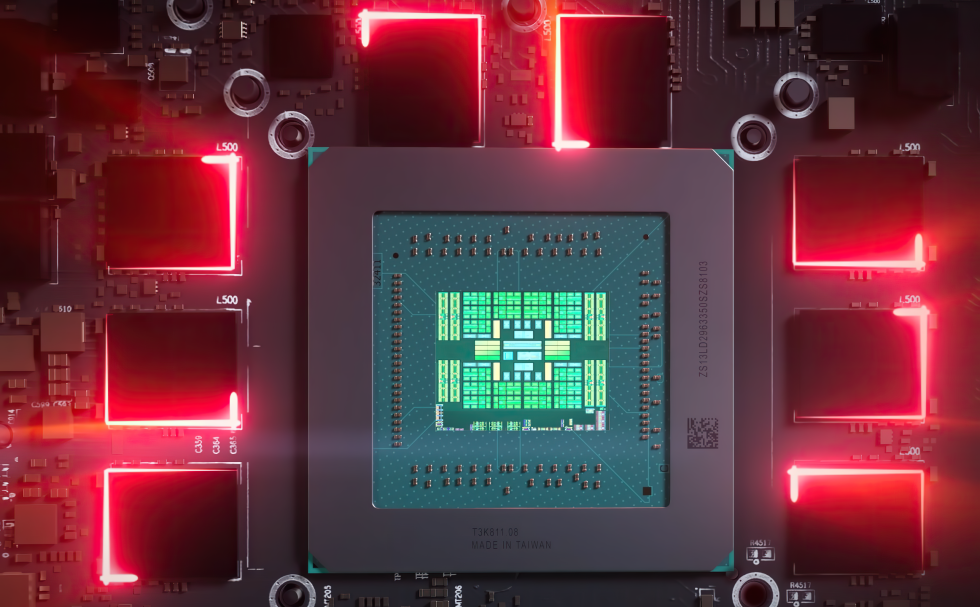During the announcement of its financial results for the third quarter of 2023, Micron shared information about the latest developments in various DRAM and memory products, including the future GDDR7 memory for graphics applications. The company said that it is working hard on the next generation of GDDR7 memory and that it is expected to be available in the first half of 2024 or next year.

Micron announced that the GDDR7 memory is expected to be based on the 1ß process node. This process node is expected to be replaced by the 1γ-process node in 2025, for which a 2025 production schedule is already in place. Production of the EUV node will initially take place at Micron’s site in Taiwan, where EUV capabilities are already installed. Later, production will also take place at the fab in Hiroshima, Japan. According to earlier information, GDDR7 memory has already reached the verification stage and Cadence is already providing initial solutions to customers.
In graphics, industry analysts continue to expect graphics’ TAM compound annual growth rate (CAGR) to outpace the broader market, supported by applications across client and data center. We expect customer inventories to normalize in calendar Q3. We plan to introduce our next-generation G7 product on our industry-leading 1ß node in the first half of calendar year 2024.
via Micron
The GDDR7 memory solution will replace the existing GDDR6 and GDDR6X solutions, which have not yet reached their full potential. The new standard enables PAM3 signaling and significantly faster pin speeds of up to 36 Gbps. Currently, NVIDIA’s GeForce RTX 40-series graphics cards use the fastest memory solution in the form of GDDR6X, which offers pin speeds of up to 22 Gbit/s. In contrast, AMD’s Radeon RX 7000 series cards use the standard GDDR6 solution with 20 Gbit/s. To illustrate the difference: A solution with 36 Gbit/s pin speed would enable significantly higher bandwidths:
- 128-bit @ 36 Gbps: 576 GB/s
- 192-bit @ 36 Gbps: 846 GB/s
- 256-bit @ 36 Gbps: 1152 GB/s
- 320-bit @ 36 Gbps: 1440 GB/s
- 384-bit @ 36 Gbps: 1728 GB/s
Samsung is actively developing its GDDR6W design and is already planning solutions for GDDR7 that will double capacity and performance. At the same time, Micron is working to bring GDDR6X to even higher speeds. Micron has already mass-produced 24 Gbps chips, but they have yet to be used in consumer GPUs. With NVIDIA’s Ada Lovelace Next GPUs not expected until 2025, it is likely that AMD will be the first manufacturer to use Micron’s GDDR7 memory chips. NVIDIA is currently one of Micron’s largest customers in the AI and data center space, using HBM3 chips for the DGX GH200 supercluster as well as the rest of its hopper chips. The introduction of GDDR7 will undoubtedly lead to a significant increase in memory bandwidth, but the price will be higher compared to GDDR6/GDDR6X chips. This aspect must be taken into account when considering the next generation of graphics cards.
Source: WCCFTECH































Kommentieren